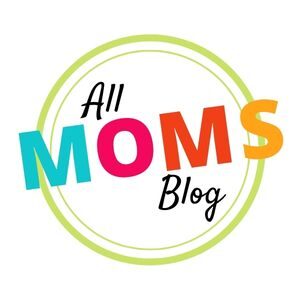You have kids, you have toys! there is no other way. Since your kids are continuously in contact with their toys, it’s essential to clean and disinfect them regularly.
Ensuring a clean and hygienic environment is crucial for your baby’s health and development. Disinfecting baby toys is a significant part of this process, especially when cleaning baby toys that go in their mouths.
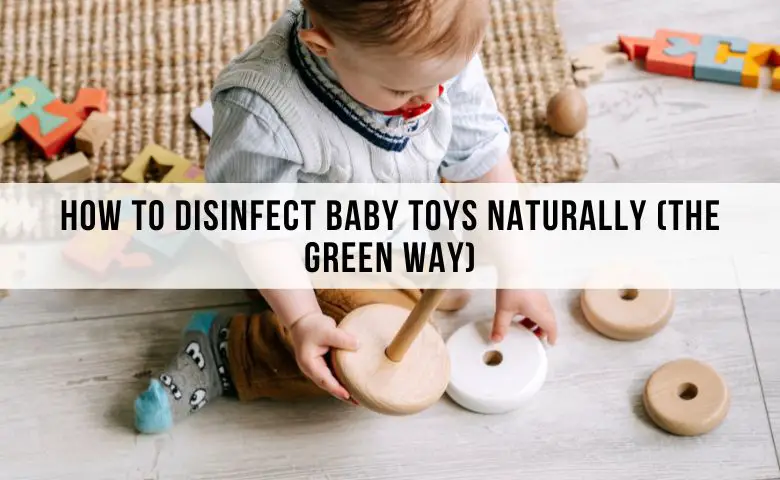
First and foremost, disinfect every toy right after you bring it home from the store. Usually, the cleaning instructions are indicated on the label or on the box but if not then we have some good and eco-friendly ways to clean baby toys the green way.
Benefits of Cleaning Baby Toys Naturally
Natural disinfection methods for cleaning baby stuff pose fewer risks to babies and are environmentally friendly. Here’s a breakdown of the benefits:
Avoid using harsh chemicals to sanitize toys-as can expose your young ones to harmful toxins. Thankfully, there are natural methods available that are both safe and effective.
Safety
- No Harmful Chemicals: Unlike commercial disinfectants, natural methods don’t expose your baby to harmful chemicals.
- Less Irritation: Natural methods are less likely to irritate your baby’s skin or respiratory system.
Effectiveness
- Kills Germs: Effective at killing a significant number of harmful germs and bacteria.
- Prevents Illness: By regularly disinfecting toys, you can prevent the spread of illnesses.
Environmental Impact
- Eco-friendly: Natural disinfection methods are better for the environment.
- No Residue: Leaves behind no harmful residues.
Here are non-toxic ways to clean and disinfect baby toys naturally
These methods are eco-friendly and will keep your baby safe from harmful chemicals. Make sure you go through FAQs at the end of the article to get more questions answered. Let’s hop right into the methods to clean and disinfect toys for your little one 🙂
Hand Washing Baby Toys
Hand washing is a gentle and effective way to clean and sanitize baby toys, especially those that are not suited for machine washing or submersion in water.

This method is ideal for toys made of various materials including wood, fabric, and certain plastics. Here’s how you can hand-wash baby toys:
- Mix a mild, baby-safe detergent or soap in warm water to prepare a cleaning solution. Ensure the soap is free from harsh chemicals and fragrances.
- Dip a soft cloth or sponge in the cleaning solution, wring it out to remove excess water, and gently wipe the toy to clean it.
- Rinse the toy thoroughly with clean water to remove any soap residue. For toys that cannot be rinsed, use a clean damp cloth to wipe away the soap.
- Allow the toys to air dry completely before giving them back to your baby. Placing them in a well-ventilated area or under the sun can speed up the drying process.
Boiling Method
Boiling is one of the most straightforward and effective natural methods to disinfect baby toys. It’s a chemical-free process that ensures the elimination of harmful germs and bacteria.

This method is suitable for Hard Plastic toys and Silicone toys. Here’s how you can disinfect toys using this method:
- Boil a large pot of water.
- Once boiling, turn off the heat and carefully submerge the toys into the boiling water.
- Allow the toys to remain in the water for 5-10 minutes.
- Use tongs or a similar utensil to remove the toys from the water and place them on a cooling rack to air dry before use.
NOTE: This method is not suitable for soft plastic baby toys.
Dishwasher Method for disinfecting baby toys
Using a dishwasher is a convenient and effective method to clean and sanitize toys. It’s especially useful for hard plastic toys.
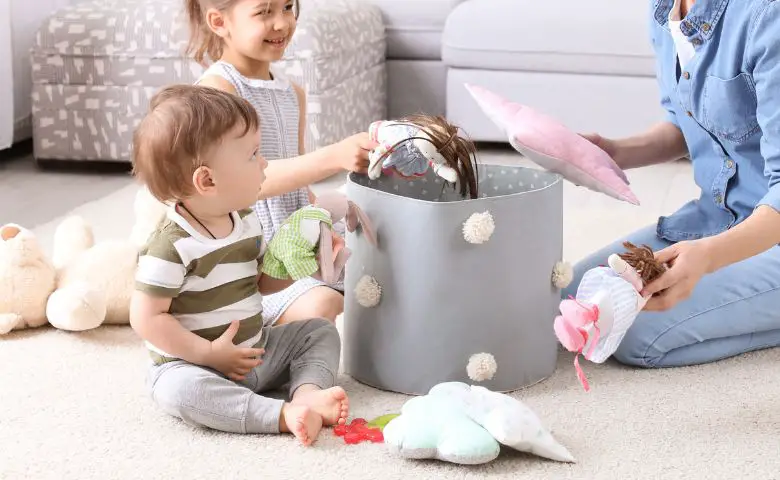
This method is ideal for Non-Electronic toys and Heat-resistant Hard Plastic toys. Here’s how you can use a dishwasher to clean your baby’s toys:
- Place the toys in a mesh bag to ensure they don’t slip down through the rack.
- Put the bag on the top rack of the dishwasher to minimize the effects of the water’s heat.
- Wash on a normal cycle, preferably the sanitize cycle, using only a small amount of natural dish detergent.
Washing Machine Method
The washing machine method is a convenient way to clean and disinfect a variety of toys, particularly plush and soft toys.

Here’s how to use the washing machine for cleaning and disinfecting toys:
- Inspect toys for care labels and remove batteries or electronic components if possible.
- Place smaller or delicate toys in a mesh laundry bag or pillowcase.
- Load toys into the washing machine with a bit of natural laundry detergent.
- Choose a gentle cycle with warm water.
- Air dry toys or use a dryer in a low-heat setting if allowed.
Steam Cleaning
Steam cleaning is another excellent method to disinfect toys, especially plush toys. Steam cleaning not only kills germs but also eliminates dust mites, which are common allergens found in soft toys.

Here’s how to steam-clean toys:
- Use a handheld garment steamer or a steam cleaning machine.
- Follow the instructions on the steamer to clean the toys thoroughly.
- Allow the toys to air dry completely before handing them back to your child.
Vinegar as a Disinfectant
Vinegar is a renowned natural cleaning agent, thanks to its antibacterial properties. It’s a safe and effective method to clean and disinfect baby toys. Here are the steps:
- Mix equal parts of vinegar and water in a sink or large basin.
- Place the toys in the mixture and allow them to soak for about 15 minutes.
- After soaking, rinse the toys thoroughly and let them air dry.
UV Light Sanitization Method

You can pop some small toys, particularly those for babies, into a UV sanitizing box. These handy countertop boxes not only clean baby bottles and toys but also other household items like toothbrushes, all using ultraviolet light without the need for any chemicals.
Alcohol Wipes For Cleaning Baby Books
It’s not ideal to get hardcover baby board books wet, but you can freshen them up by giving them a gentle wipe with isopropyl alcohol wipes. Alternatively, a dishcloth or paper towel lightly soaked in a mix of vinegar and water can do the trick.

Though the latter might leave a bit of a taste in the books, it has a silver lining—it can deter your baby from putting the books in their mouth.
For books with more delicate paper covers or pages, cleaning can be a tad trickier. While wiping down the cover of a hardcover book is simple, if you’re worried about germs lurking on softer books, here’s a neat hack: Tuck them away in the freezer for a couple of days to get rid of any unwanted germs hiding on them.
Pressure Wash Outdoor Toys
Outdoor toys can become little magnets for dirt and germs if not cleaned regularly. A good old scrub down on the driveway with hot, soapy water usually does the trick.
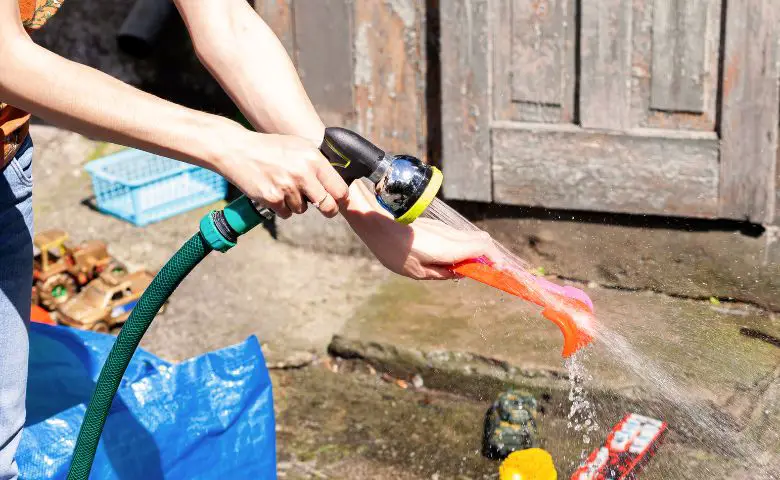
And for those larger toys, a gentle pressure washer with some soap makes the task a breeze.
After a good wash, a quick hose down and a bit of sun-drying will get them all fresh and ready for more playtime adventures!
Special Tips for Different Toys
Here are some special tips tailored for cleaning different types of toys, ensuring they remain safe and enjoyable for your little ones:
Cleaning Toys with Batteries
Toys with batteries are a bit tricky to clean due to their electronic components. Here’s a safe way to clean and disinfect battery-operated toys:
- Use a natural disinfecting wipe to clean the surface of the toy, paying special attention to areas that are visibly dirty or touched frequently.
- For deeper cleaning, make a cleaning solution using water and a small amount of dish soap.
- Dip a cloth in the solution, wring it out well, and use it to scrub the toy clean.
- Allow the toy to air dry completely before replacing the batteries and giving it back to your child.
Cleaning Wooden Toys
Wooden toys have a charm of their own and are often preferred for their durability and sensory appeal. Here’s how to clean them:
- Wood is naturally antibacterial but can still absorb grime and dirt.
- If the toy is super dirty, wipe it down with a few drops of natural dish soap in warm water using a microfiber cloth.
- Natural disinfecting wipes are another great way to clean wooden toys quickly.
Frequently Asked Questions
How to clean baby toys that can’t be washed?
- Use a soft, damp cloth to wipe down the toy. If needed, you can use a mild soap. Make sure to squeeze out excess water from the cloth to prevent the toy from getting too wet.
- For a deeper clean, baby-safe disinfectant wipes can be used to wipe down the toy. Ensure the wipes are alcohol and fragrance-free to be gentle on the toy and safe for your baby.
Can You Use Clorox Bleach to Disinfect Baby Toys?
While bleach is a powerful disinfectant, it’s not the safest choice for baby toys. If you decide to use bleach:
- Ensure to choose a non-chlorine bleach.
- Rinse the toys thoroughly to remove any bleach residue before giving them back to your child.
How Often Should You Disinfect Baby Toys?
The frequency of cleaning depends on the usage and the type of toy:
- Toys that are used daily should be cleaned every one to two weeks.
- Toys that come in contact with the mouth or are used during meal times should be cleaned more frequently.
Are There Any Toys That Should Not Be Disinfected?
Some toys may not withstand the disinfection process:
- Always check the care labels on toys for cleaning instructions.
- Delicate or sentimental toys may need to be cleaned carefully to prevent damage.
How to clean baby toys that go in the mouth?
- Boiling or using a dishwasher with a natural detergent can be an effective method.
How to clean a spot or stain on plush or soft toys?
- For toys with spots or stains, use a mild detergent and water mixture on a soft cloth to gently clean the area.
- Rinse the cloth and wipe the area again to remove any soap residue.
Conclusion
You’ll notice there are lots of cleaning and sanitizing methods to keep toys looking and feeling fresh. It’s key to ensure your child plays safely with them.
However, it’s worth noting that over-disinfecting isn’t necessary. The germs and microbes on toys actually play a role in building your child’s immune system.
A good rule of thumb is to clean the toys at least once every two weeks, or whenever they start to look a bit grubby. This way, your kids can enjoy their playtime and stay healthy too.
I hope this guide provides an in-depth understanding of the natural methods available for disinfecting baby toys. Employing these methods can ensure a clean, safe, and healthy play environment for your little one.
Related Articles:
Baby Massage 101: How to massage baby the right way
Baby Foods To Help With Constipation
8 Best Baby Sleep Tips And Tricks That Really Work For New Moms
How To Get Picky Toddler Eat Healthy Meals
Potty Training Tips For First Time Parents: 10 Strategies To Consider
9 Benefits Of Babywearing For Mom And Baby
How To Calm A Fussy Baby? My 10 Tips!
Don’t Forget To Pin It for Later!
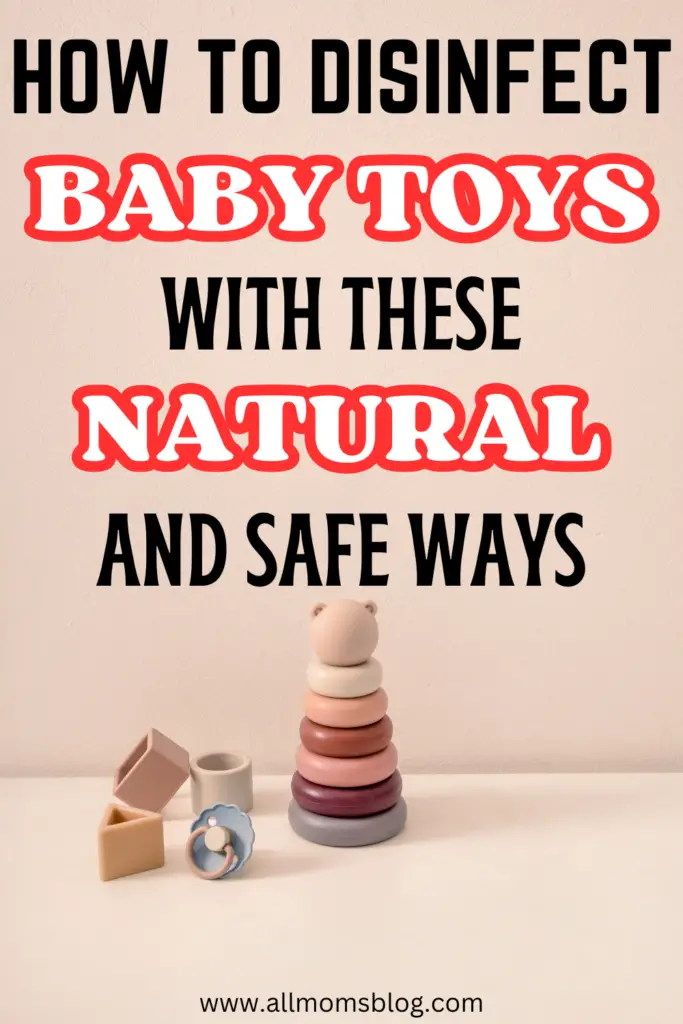
How to Disinfect Baby Toys Naturally (the Green Way)
I am the Wife, Mommy, & Blogger behind All Moms Blog learning to run my own home and raise up kids while chasing my dreams. I work to support, inspire, and encourage moms in the journey of motherhood to make their lives easier without losing your sanity.
